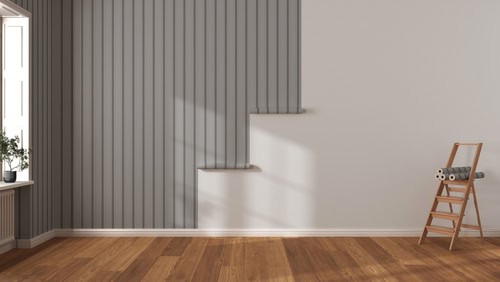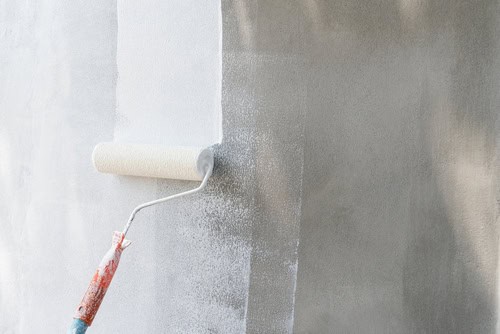
Cost-Saving Tips for Large-Scale Painting Projects
March 11, 2024
Understanding Paint Types: A Guide for Homeowners
April 25, 2024Feng Shui and Color: Selecting Paint to Harmonize Your Home
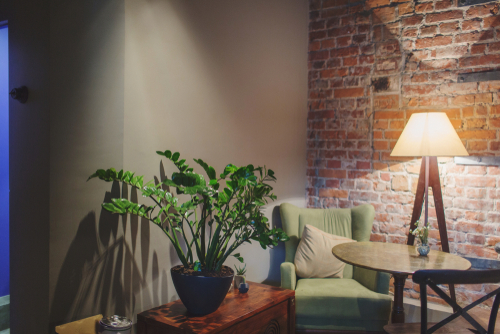
Feng Shui and Color Selecting Paint to Harmonize Your Home
Feng Shui and Color: Selecting Paint to Harmonize Your Home. Feng Shui, the ancient Chinese art of placement, offers a way to harmonize individual environments with the natural world through thoughtful arrangement and design choices, particularly color.
Color, a powerful tool in Feng Shui, influences mood, energy levels, and the overall atmosphere of a space.
This article explores how selecting the right paint colors according to Feng Shui principles can create balanced, harmonious living spaces.
The Psychology of Color in Feng Shui
Colors profoundly influence our emotions and behaviors, a principle deeply rooted in Feng Shui. Each hue embodies specific energies and attributes, affecting our psyche and the overall vibe of a space.
Understanding the psychological impacts of colors is crucial in Feng Shui, as it guides the selection process to promote well-being and harmony.
Color Selection by Feng Shui Elements
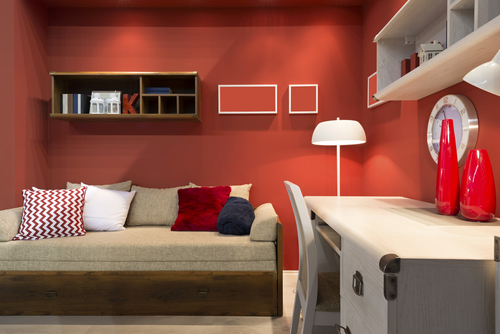
In Feng Shui, the five elements—Wood, Fire, Earth, Metal, and Water—play a pivotal role in achieving a balanced and harmonious environment. Each element corresponds to specific colors, promoting different energies and attributes.
Wood Element Colors: Green and Brown
Wood energy, symbolizing growth and vitality, is enhanced by green and brown colors. Incorporating these hues can foster personal growth, health, and vitality, making them excellent choices for living areas and studies.
Fire Element Colors: Red, Orange, Pink, and Purple
Fire represents passion, energy, and transformation. Red stirs excitement and stimulates action, while orange fosters social interactions.
Pink nurtures love and care, and purple symbolizes wealth. These colors are potent accents in living rooms and dining areas to boost energy and creativity.
Earth Element Colors: Beige, Light Yellow, and Sandy Tones
Earth tones promote stability, nourishment, and protection. These colors create a welcoming and calming atmosphere, ideal for bedrooms and bathrooms where comfort and nurturing are paramount.
Metal Element Colors: White, Gray, and Metallics
Metal influences clarity, precision, and efficiency. White and gray tones, along with metallic finishes, can enhance focus and purity, making them suitable for home offices and kitchens where cleanliness and efficiency are desired.
Water Element Colors: Blue and Black
Water is associated with wisdom, serenity, and prosperity. Blue evokes a sense of calm and relaxation, perfect for bedrooms and bathrooms, while black adds depth and sophistication, suitable for entryways or as an accent to ground and define spaces.
Applying Bagua Map
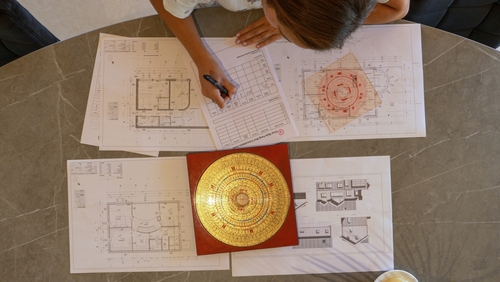
The Bagua map, a fundamental Feng Shui tool, outlines key areas of your home corresponding to different aspects of life, such as wealth, health, and relationships.
By applying specific colors to these areas, you can enhance the Qi flow, positively impacting your life’s aspects.
For instance, introducing red accents in the Fame area can boost recognition and success, while green in the Family zone enhances harmony and growth.
Harmonizing Colors with Your Personal Kua Number
Your Kua number, determined by your birth year, aligns you with specific Feng Shui elements and corresponding colors.
Knowing your Kua number helps select personal energy-complementing colors, optimizing harmony and prosperity.
For example, individuals with a Wood element Kua number might find green and brown particularly beneficial, enhancing personal growth and grounding.
Tips for Implementing Feng Shui Colors in Your Home
Incorporating Feng Shui colors can be done subtly through wall paint, accents, and accessories, ensuring the home remains aesthetically pleasing and balanced.
It’s important to blend bold and soft colors thoughtfully, avoiding overstimulation and maintaining a cohesive look.
Using accents like pillows, art, or rugs can introduce beneficial colors without commitment, allowing for flexibility and evolution in your decor.
Room-by-Room Color Selection
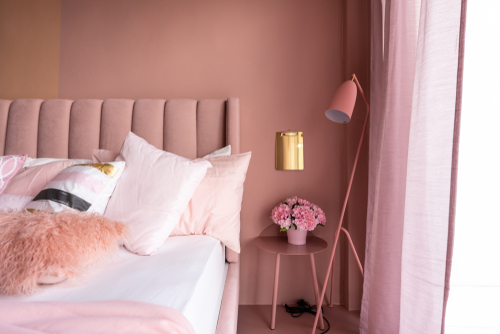
- Bedroom: Aim for soothing colors like blues and greens to promote rest and healing.
- Kitchen: Reds and oranges can stimulate appetite and warmth, enhancing the space’s social aspect.
- Living Room: Earth tones and soft yellows foster relaxation and community.
- Bathroom: Whites and blues encourage cleanliness and rejuvenation.
- Home Office: Whites and metallics boost clarity and productivity.
Avoiding Common Mistakes in Feng Shui Color Selection
Beware of overusing any one element’s colors, creating imbalance and possibly negating the intended positive effects.
Also, consider the emotional impact and the room’s natural lighting when choosing colors, ensuring they complement rather than clash with the space’s energy.
FAQ
1. How do I find my Kua number and its associated colors?
To find your Kua number, calculate it based on your birth year following specific Feng Shui formulas.
Once you have your Kua number, you can refer to Feng Shui charts that associate each number with specific elements and their corresponding colors.
Numerous online resources and Feng Shui consultants can assist you with these calculations and interpretations.
2. Can I use dark colors in my home and still follow Feng Shui principles?
Yes, dark colors can be used in Feng Shui, but it’s important to balance them with lighter hues or incorporate them in specific areas of your home according to the Bagua map.
For example, black and deep blues, representing the Water element, can be beneficial in the North area of your home, enhancing career and path in life aspects.
3. How do I balance modern design with Feng Shui color principles?
Modern design can harmonize beautifully with Feng Shui by focusing on minimalism and the intentional use of color.
Choose modern decor elements and furniture in colors that align with the Feng Shui elements and the Bagua map of your home.
Maintaining a clutter-free space with a balanced color scheme is key to integrating both aesthetics effectively.
4. Is it necessary to use all five elements’ colors in my home for good Feng Shui?
While incorporating all five elements can create a balanced and harmonious environment, it’s not necessary to use them all simultaneously or in equal proportions.
Focus on the elements that align with the specific energies you wish to enhance in your home, using the Bagua map as a guide.
Balance and harmony can be achieved by addressing the most relevant elements for your space and personal energy needs.
5. How often should painted surfaces be cleaned to maintain good Feng Shui in my home?
Regular cleaning of painted surfaces helps maintain the energy and appearance of your home.
Depending on the room’s usage and dust levels, aim for a gentle cleaning at least once every few months.
In high-traffic areas or spaces prone to dirt and smudges, such as kitchens and living rooms, more frequent cleaning may be necessary to keep the Qi flow positive and unobstructed.
Feng Shui and Color: Selecting Paint to Harmonize Your Home – Conclusion
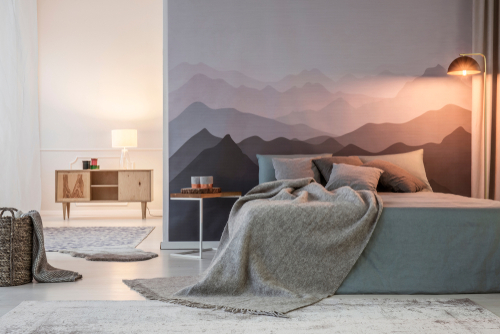
Color selection offers powerful tools for transforming your home into a harmonious sanctuary that supports your well-being and life goals.
By mindfully selecting paint colors that resonate with Feng Shui principles, you can create spaces that are not only visually appealing but also deeply aligned with your energy and aspirations.
Embrace the art of Feng Shui in your home decor to foster balance, prosperity, and happiness.
Are you looking for a professional and reliable painting service in Singapore? Contact us today!



